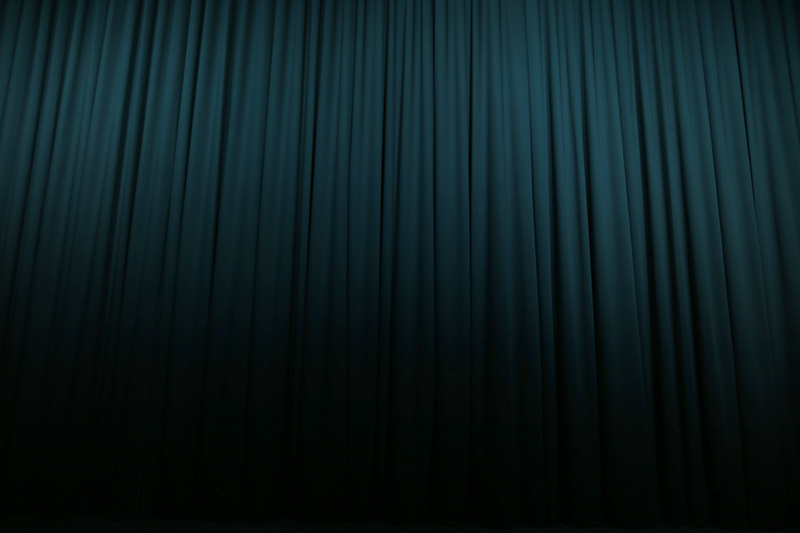

I S F A L D
Installation. 40-minute composition from field recordings, looped; 14 speakers, 4 subwoofers, 2 transducers, textile, lights Commissioned and acquired by LOUISIANA - Museum of Modern Art, Denmark
Isfald combines the sounds of glaciers calving with the sounds of ice melting recorded in Greenland in June 2013, played on multiple speakers spread out under the floor in a dimly-lit room with dark cloth covering the walls
From his book Earside Out, published by Museum of Contemporary Art, Denmark, 2015), Jacob Kirkegaard writes:
Isfald is the Danish word for ‘Icefall’, one of the many names for ice formations in the Arctic. The work was commissioned by Louisiana, the Museum of Modern Art in Denmark, as part of their exhibition Arktis (Arctic), whose theme was the long history of Western fascination with this inaccessible region. The exhibition juxta- posed art works with accounts of exploration, scientific investigations and pop cultural projections, continuously interweaving the real and the imaginary Arctic, the one never seen without the other. I decided to join the long line of explorers like Rasmussen and Franklin by traveling to the Arctic, but to hunt for its sound.
In June 2013 I spent a week on a small boat in the Ilulissat Icefjord in Greenland where my guide would take me around among calving icebergs and large masses of floating ice. The acoustic environment there was as pure and crisp as the transparent depths of the ice-cold water. When a chunk of an iceberg would suddenly break loose and crash into the water, a deep boom would break the silence. I recorded these calving glaciers with a hydrophone placed twenty meters below the water surface. Since sound travels a longer dis- tance through water than through air, the hydrophone expanded the audible radius from my location, making it possible to record sounds traveling from hundreds of kilometers away. Most of these booms never reached my ears through the air, but under the water surface I could experience the continuous calving glaciers in an interval of approximately one ‘boom’ per minute, and sometimes even more frequently. Further south, at the edge of the ice sheet east of the town of Kangerlussuaq, I used my vibration sensors placed on the surfaces of ice chunks from Russell Glacier to record the high frequency sound of ice melting.
I found an Arctic that was full of sound, and yet by contrast so silent. The ultra deep booms from the glaciers calving and the high pitch sounds of melting, cracking ice were events that framed the immense, solemn silence. I wanted to listen to and record this vertical soundscape, this continuous activity of melting. I did not want to create a piece that directly commented on global warming, but to provide a way for the visitor to simply listen to and absorb this phenomena, to experience and reflect on the constant flux of nature’s inexorable forces.
The installation Isfald is a large darkened room. Fourteen speakers are mounted below the platform floor, arranged spatially, playing back the high pitch sounds of creaking ice as it melts. As the audience treads on the high frequency sounds of ice melting, the underwater booms of the calving glaciers vibrate through the room from four subwoofers, one in each corner of the room. A dark curtain encloses the room, illuminated with
a low, cold light that reflects tones of blue, grey and green.
With Isfald I wanted to create a space of imagination, dreams and mystery. A place that stimulates our ideas and projections into the Arctic through sound.
The LOUISIANA exhibition ARCTIC also featured the artist Darren Almond. Here's LOUISIANA's short video with Jacob and Darren speaking about their respective experiences with the arctic:
Jacob Kirkegaard © 2013
All rights reserved